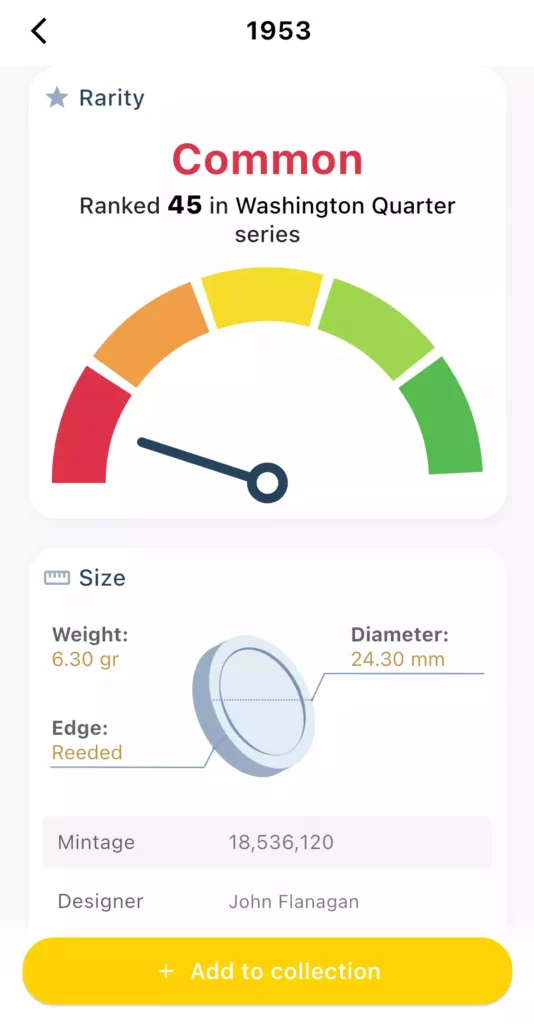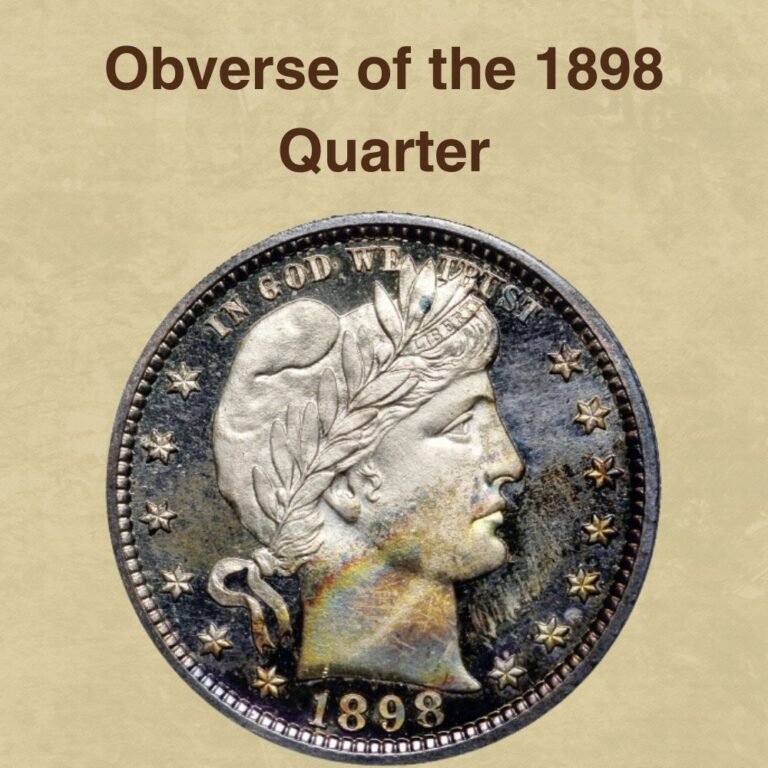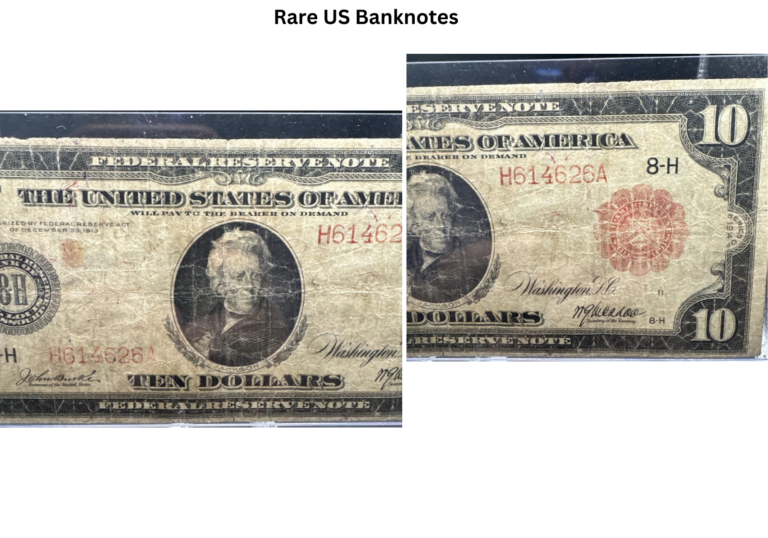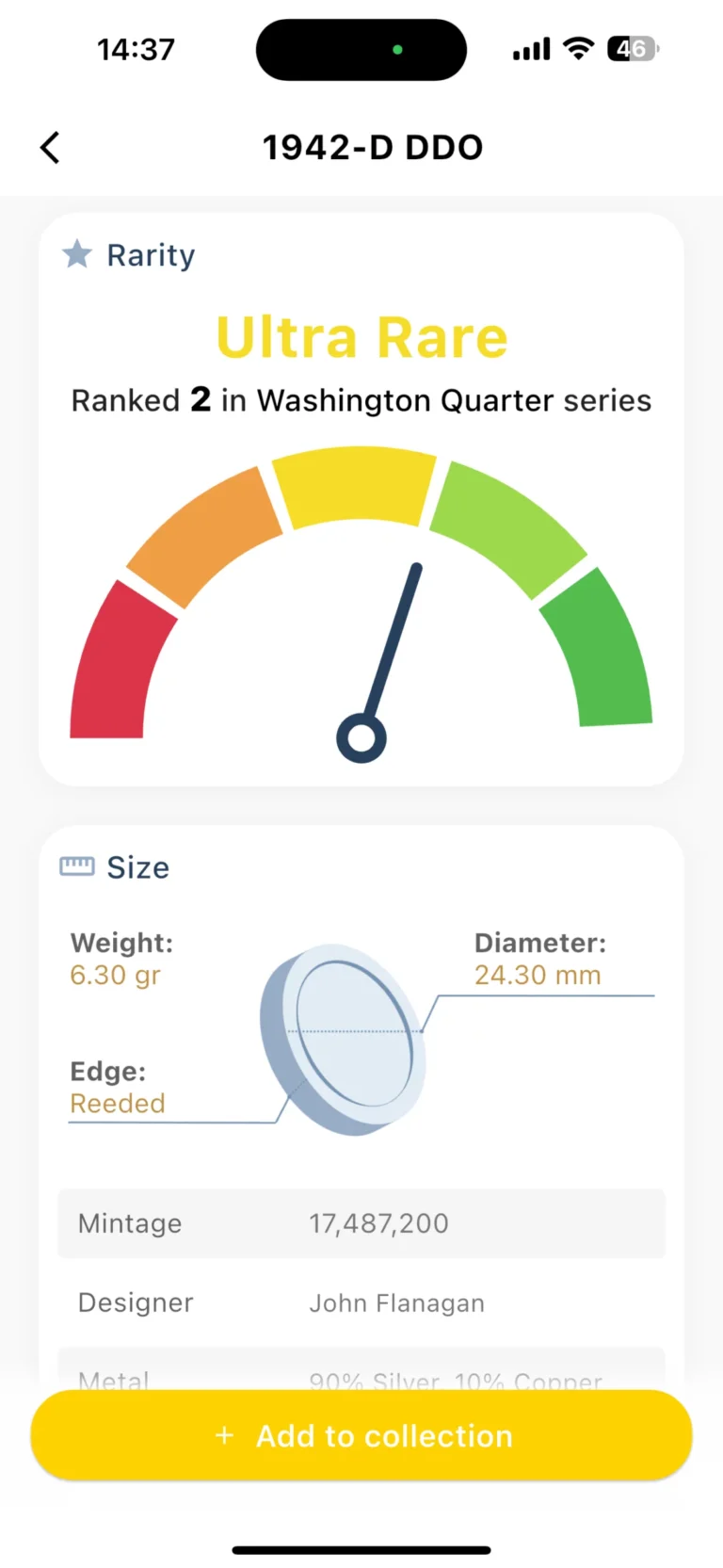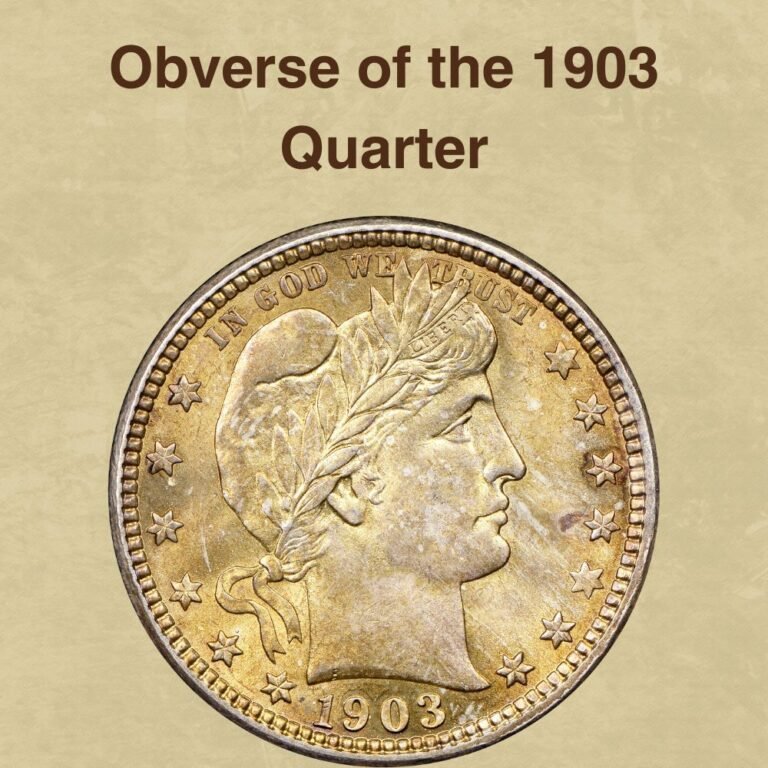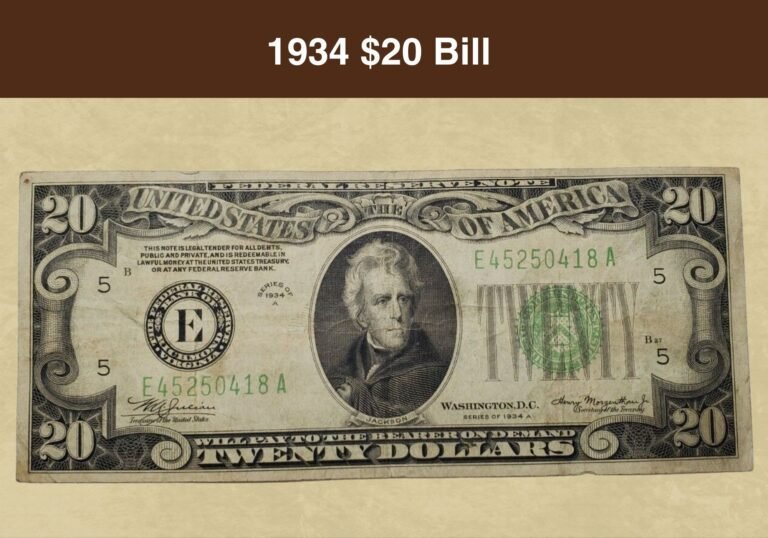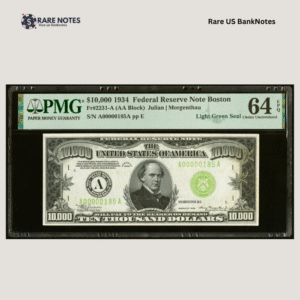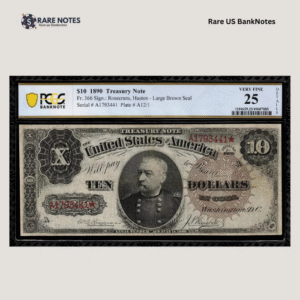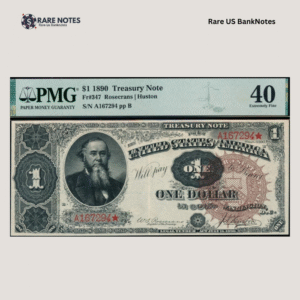Last week, a collector discovered something unexpected while sorting through an old coin jar. That ordinary-looking 1953 quarter wasn’t so ordinary after all—it was worth significantly more than its 25-cent face value, simply because it had survived seven decades in remarkable condition.
Here’s the thing about 1953 quarters that most people miss: they’re not just old coins gathering dust in your grandmother’s jewelry box. They’re the last generation of silver quarters before America changed everything, making them quietly valuable in ways that surprise even seasoned collectors.
While everyone obsesses over rare dates and dramatic errors, the humble 1953 quarter sits there, unassuming yet profitable—if you know what to look for.
1953 Quarter Value By Variety
The 1953 Washington quarter was produced at three mint facilities, creating distinct varieties that collectors value differently based on mintage figures and survival rates.
1953 Quarter Value Chart
| TYPE | GOOD | FINE | AU | MS | PR |
|---|---|---|---|---|---|
| 1953 No Mint Mark Quarter Value | $6 | $6 | $7 | $133 | — |
| 1953 D Quarter Value | $6 | $6 | $7 | $1,618 | — |
| 1953 S Quarter Value | $6 | $6 | $7 | $434 | — |
| 1953 Proof Quarter Value | — | — | — | — | $43 |
| 1953 CAM Quarter Value | — | — | — | — | $180 |
| 1953 DCAM Quarter Value | — | — | — | — | $2,991 |
Tip: Use our CoinValueChecker App for real-time variety identification and current market values.
1953 Quarter Market Trend
Market Interest Trend Chart – 1953 Quarter
The 1953 quarter’s popularity tells a fascinating story of collector behavior over the past decade.
Interest surged dramatically in the late 2010s, hitting peaks that would make any marketing team jealous. But here’s where it gets interesting—after that spectacular climb, the market didn’t crash. Instead, it settled into a steady rhythm, maintaining consistent collector attention.
What’s remarkable is how the 1953 quarter weathered various market shifts while keeping its appeal. The initial excitement may have cooled from those early highs, but the sustained interest reveals something deeper: collectors recognize genuine value when they see it.
For a broader perspective on how the 1953 quarter compares to other coins experiencing similar market dynamics, check out our US Coin Market Trend Ranking (Top 100).
The recent stabilization suggests the 1953 quarter has found its natural level of collector interest—not the frenzied speculation of peak periods, but the steady appreciation of seasoned numismatists who understand that real value doesn’t need artificial hype to sustain itself.
History of the 1953 Quarter
The 1953 quarter represents a significant milestone in American coinage history, being one of the last silver quarters before the composition change in 1965. This Washington quarter maintained the 90% silver, 10% copper composition that had been standard since 1932.
The coin features John Flanagan’s iconic design of George Washington on the obverse, created to commemorate the first president’s 200th birthday in 1932. The reverse displays a heraldic eagle with outstretched wings, symbolizing American strength and freedom.
The 1953 quarter was minted at three facilities, making it notable for collectors:
- Philadelphia Mint: 18,664,920 coins (no mint mark)
- Denver Mint: 14,016,000 coins (D mint mark)
- San Francisco Mint: 4,148,000 coins (S mint mark)
The San Francisco version is particularly sought after due to its lowest mintage, making it the scarcest of the three varieties. This was during the post-World War II economic expansion when silver coinage was still economically viable.
By 1965, rising silver prices forced the U.S. Mint to switch to a copper-nickel clad composition. This transition makes all 1953 quarters valuable today, containing approximately 0.18 troy ounces of silver each. The 1953 quarter thus represents the end of an era in American silver coinage, combining historical significance with intrinsic precious metal value.
Is your 1953 Quarter rare?
1953 No Mint Mark Quarter
1953 D Quarter
1953 S Quarter
1953 Proof Quarter
1953 CAM Quarter
1953 DCAM Quarter
Based on the rarity rankings shown in this comprehensive chart, the 1953 Washington quarters demonstrate a fascinating spectrum of scarcity levels that collectors should understand.
The regular business strikes from Philadelphia (ranked 45th), Denver (ranked 35th), and San Francisco (ranked 118th) are classified as “Rare” to “Scarce,” with the San Francisco mint producing the fewest coins.
However, the real treasures lie in the special mint productions: the 1953 Proof quarter ranks as “Uncommon” at 128th place, while the Cameo (CAM) and Deep Cameo (DCAM) proof versions achieve “Scarce” and “Ultra Rare” status respectively, with the DCAM variant ranking an impressive 12th among all Washington quarters.
These rankings highlight why understanding Washington Quarter Key Dates (Rarity Ranking) is crucial for serious collectors and investors. The dramatic difference between a common business strike and a Deep Cameo proof—with rarity scores ranging from 27 to 60—demonstrates how condition and special characteristics can exponentially increase a coin’s desirability.
For collectors looking to assess the rarity of their Washington quarters, tools like our CoinValueChecker App provide instant access to comprehensive rarity rankings and current market valuations.

Key Features of the 1953 Quarter
The obverse of the 1953 quarter

The obverse showcases John Flanagan’s masterful portrait of George Washington, featuring the first president in left-facing profile. Washington’s classical features are rendered with fine detail, showing his powdered hair tied back in the 18th-century style.
The inscription “UNITED STATES OF AMERICA” curves along the upper rim, while “QUARTER DOLLAR” appears at the bottom. The motto “IN GOD WE TRUST” is positioned to the left of Washington’s profile, and “LIBERTY” runs along the left edge. The date “1953” is prominently displayed at the bottom right.
The reverse of the 1953 quarter

The reverse displays a heraldic eagle with wings spread wide, clutching a bundle of arrows in its left talon and an olive branch in its right, symbolizing America’s preparedness for war and desire for peace.
The eagle’s breast features a shield with vertical stripes. Above the eagle’s head, the motto “E PLURIBUS UNUM” (Out of Many, One) appears on a flowing banner.
Other features of the 1953 quarter
The coin measures 24.3mm in diameter with a reeded edge containing 119 reeds. It weighs 6.25 grams and consists of 90% silver and 10% copper. Mint marks (D for Denver, S for San Francisco) appear on the reverse below the eagle when present, while Philadelphia coins bear no mint mark.
1953 Quarter Mintage & Survival Data
1953 Quarter Mintage & Survival Chart
Survival Distribution
| Type | Mintage | Survival | Survival Rate |
|---|---|---|---|
| No Mint | 18,536,120 | 1,854,000 | 10.0021% |
| D | 56,112,400 | 5,611,000 | 9.9996% |
| S | 14,016,000 | 1,402,000 | 10.0029% |
| PR | 128,800 | 80,000 | 62.1118% |
| CAM | 128,800 | 19,000 | 14.7516% |
| DCAM | 128,800 | 875 | 0.6793% |
The Chart reveals fascinating insights into how original production numbers translate to today’s collectible availability.
The Denver mint dominated production with an impressive 56,112,400 coins, followed by Philadelphia’s 18,536,120 and San Francisco’s 14,016,000. However, survival rates tell a dramatically different story that directly impacts collector value.
Business strike coins show remarkably low survival rates, with only 9.99-10.00% of original mintages remaining in collectible condition. The proof coins present an entirely different scenario: while all proof varieties shared the same 128,800 mintage, their survival rates vary dramatically.
Regular proofs maintain a strong 62.11% survival rate with 80,000 coins, while Cameo proofs drop to 14.75% (19,000 coins). The most striking disparity appears with Deep Cameo proofs, where only 875 coins survive—a mere 0.68% survival rate.
This data directly correlates with the Washington Quarter Survival Ranking (Top 100), where coins with lower survival numbers command premium positions. The stark contrast between a Denver quarter’s 5.6 million survivors and a Deep Cameo proof’s 875 survivors explains why condition and special designations exponentially increase a coin’s rarity and market value.
1953 Quarter Grading
Grading a 1953 Washington quarter requires careful examination of key design elements that determine its condition and market value. The coin’s grade significantly impacts its worth, with higher grades commanding substantial premiums over lower conditions.
For business strikes, focus on Washington’s hair details, cheek definition, and the eagle’s breast feathers on the reverse. Wear typically appears first on Washington’s hair above the ear and the eagle’s breast and leg details.
Proof coins demand even more precise evaluation, as their mirror-like fields and frosted devices create unique grading challenges. Surface marks, hairlines, and toning patterns all affect the final grade assignment. The distinction between regular proofs, Cameo (CAM), and Deep Cameo (DCAM) designations can mean thousands of dollars in value difference.
Understanding How to Grade Washington Quarters becomes essential for collectors seeking to maximize their investment returns. The grading process involves assessing luster, strike quality, surface preservation, and eye appeal under proper lighting conditions.
For collectors wanting immediate grade assessments, our CoinValueChecker App provides instant grading analysis and current market valuations based on your coin’s condition. Whether you’re dealing with a circulated business strike or a pristine proof, accurate grading ensures you understand your coin’s true market position.

1953 Quarter Value Guides
1953 Quarter Categories:
- 1953 No Mint Mark Quarter (Philadelphia)
- 1953-D Quarter (Denver)
- 1953-S Quarter (San Francisco)
- 1953 Proof Quarter
- 1953 Cameo Proof Quarter
- 1953 Deep Cameo Proof Quarter
The 1953 quarter encompasses six distinct categories, each with dramatically different value propositions for collectors and investors.
Business strike coins from Philadelphia, Denver, and San Francisco represent the circulating coinage, with values primarily driven by silver content and condition. However, the proof issues tell a completely different story, where surface quality and cameo contrast create exponential value differences.
Regular proofs offer entry-level collectibility, while Cameo proofs command significant premiums. Deep Cameo proofs represent the pinnacle of 1953 quarter collecting, with their mirror-like fields and heavily frosted devices creating some of the most valuable examples in the Washington quarter series.
Understanding these categorical distinctions is essential for accurate valuation and informed collecting decisions.
1953 No Mint Mark Quarter Value

The 1953 No Mint Mark Quarter holds a unique position in Washington quarter collecting as the Philadelphia Mint’s contribution to the final year of 90% silver quarters before the 1965 composition change.
What makes this coin particularly special is its moderate mintage of 18.5 million pieces combined with a survival rate of just over 10%, creating genuine scarcity in higher grades.
Unlike its Denver and San Francisco counterparts, the Philadelphia issue carries no mint mark, following the traditional practice for the primary U.S. Mint facility. The coin’s silver content and historical significance as part of the last silver quarter series make it highly sought after by both collectors and precious metal investors.
1953 No Mint Mark Quarter Price/Grade Chart
Price by 1-70 Grade (Latest Auction Records Included)


